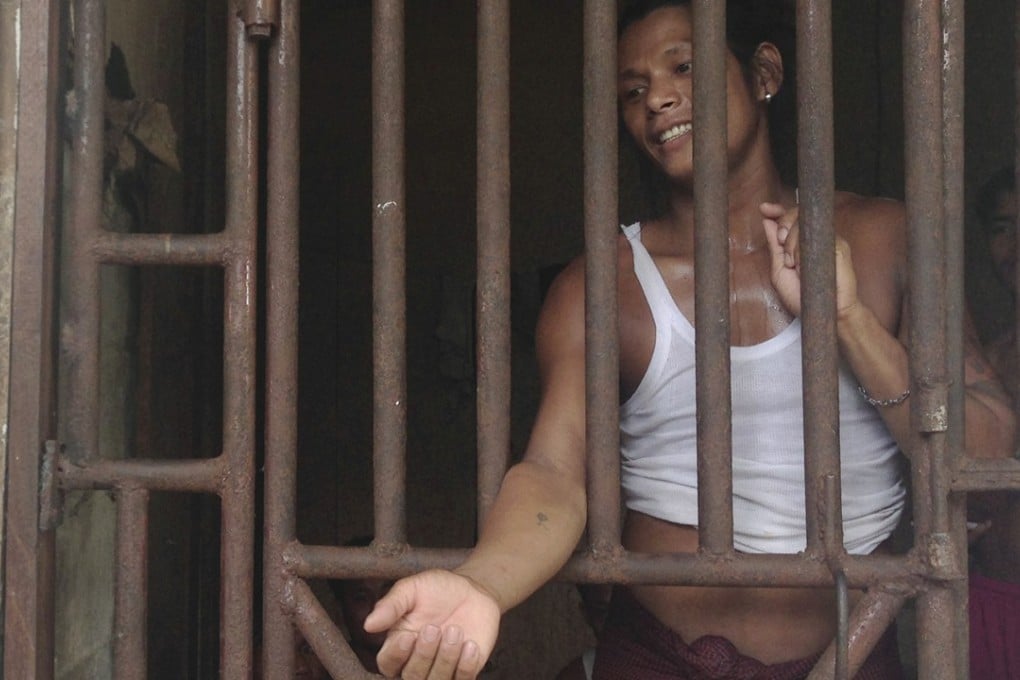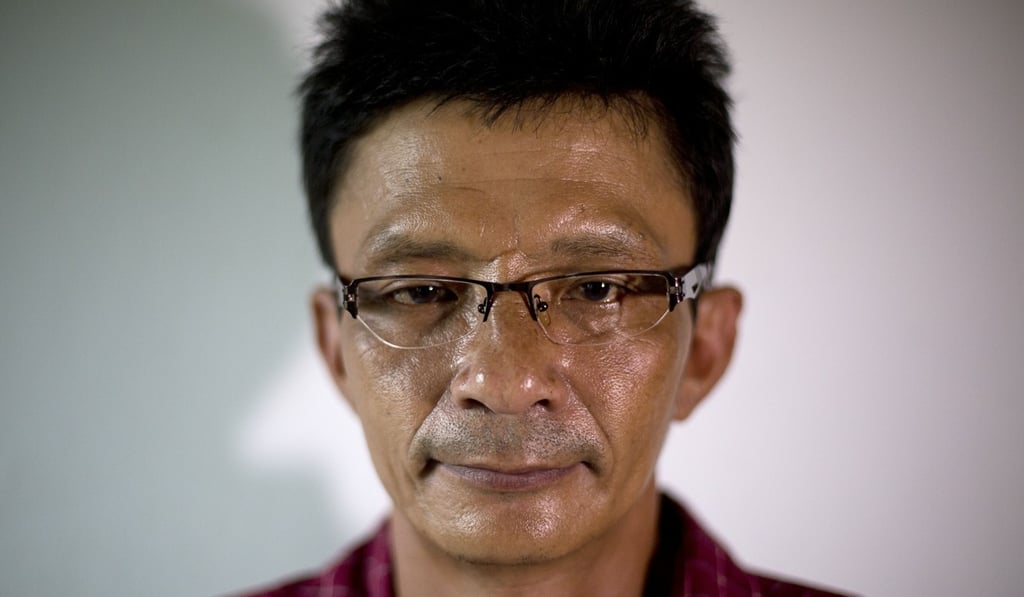Tackling slavery in the Thai fishing industry, one victim at a time
The Thai government claims it is regulating the fishing industry more tightly, yet slavery persists. One man, duped into the trade and whose nightmare ended a few years ago, is determined to pursue justice for fellow victims

In 2009, as the financial crisis swept the world, Samart Senasuk, now 44, lost his job as a security guard in Bangkok. Unable to find work, he was preparing to return to his hometown, in Isaan, an impoverished region in the northeast of Thailand, when a friendly man invited him for a drink, to talk about a job on a fishing vessel.
Samart turned down the job but, after a few sips of his drink, he says, he passed out. When he woke, he was on a boat off Singapore – how he got there remains a mystery – and would soon be sent into Indonesian waters, where he would remain trapped for seven years.
Slave labour has been rife on the vessels that sustain the seafood industry in Thailand. The country is the world’s fourth-largest exporter of seafood, after China, Norway and Vietnam, according to the United Nations’ Food and Agriculture Organisation, and Thai government figures show that Hong Kong is the industry’s fifth largest import market. Vulnerable migrant workers, mainly from Myanmar, Cambodia and Laos, but also impoverished Thais, have for years been lured onto fishing vessels with promises of well-paid jobs, although most never receive salaries. Others, like Samart, are drugged and kidnapped when they refuse to join a crew.

The issue is beginning to be addressed – the latest positive step coming this week, when Thai Union, one of the world’s largest seafood conglomerates, said it would overhaul its operations to protect against labour abuses and other bad practices - but it is difficult to establish how many people remain trapped at sea. The American State Department’s most recent Trafficking in Persons Report, issued at the end of last month, maintained the country’s ranking – which also takes into account those trafficked into prostitution and domestic work – at “Tier 2 Watch List” (the same level as Hong Kong), which is applied to countries and territories that do not fully comply with the minimum standards of the Trafficking Victims Protection Act but are making efforts to do so.
Slavery at sea: human trafficking in the fishing industry exposed
A few years ago, industry secrets began to leak out as reports in the media and by non-governmental organisations (NGOs) documented the working conditions on Thai fishing vessels and in the nation’s seafood-processing plants.